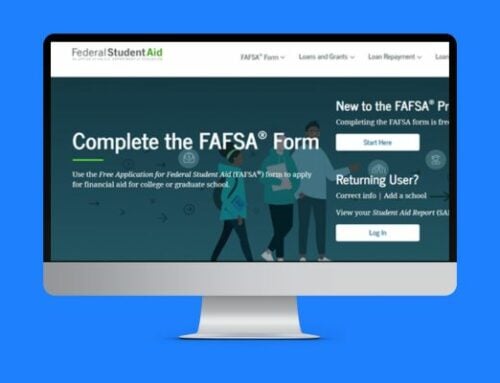7 Reasons To Save For College In A 529 Plan
May 29 (5/29) is National 529 Plan Day. The 529 plan is an education savings account named after section 529 of the IRS code. 529 accounts provide tax benefits when the money is used for a variety of education options. These include college, K-12, apprenticeships, and even some student loan repayments. Here are 7 good reasons to consider using a 529 Plan.
You Get Tax-Free Growth For Qualified Expenses (Federal Income Tax)
While you can’t deduct contributions to a 529 plan, the investments within the account grow tax-free and when used for qualified education expenses you don’t pay any Federal tax on the withdrawals.
You May Get State Tax Benefits
While you can choose the best plan from any state, many states also offer additional state tax benefits. Here is a list. If you don’t get any additional benefits, choose the plan that best meets your needs.
You Control the Account Not The Beneficiary
Unlike some custodial accounts, the 529 owner controls the account, so you get to determine how it is used. Additionally, the money can be withdrawn at any point. The contributions won’t be taxed, but any investment growth will be taxed and have a 10% penalty.
You Qualify No Matter What Your Income
Everyone is eligible to fund a 529 plan as there are no income limits. This is different than the Coverdale Savings accounts and Roth IRAs. Additionally, while the annual gift tax exclusion is $16,000 there is a provision that will allow you to contribute $80,000 in a single year. It will treat the gift as if it was spread out over 5 years allowing it to still fall under the annual gift tax exclusion.
You Can Make It Very Easy
Most 529 have an automatic investment management option. You can set up recurring investments on a regular frequency and it will invest the funds. Most funds rebalance regularly and reduce the risk in the account as you approach the time when the funds will be needed to pay for college.
You Don’t Lose The Money If Your Child Doesn’t Go To College
If your child doesn’t go to college or you need to withdraw the money for some other reason, you will pay tax on the investment growth plus a 10% penalty when it is withdrawn. There is no time limit on using the funds in a 529 so if the money isn’t needed it could be used by another child or family member or even by the account owner if they decide to go back to school.
You Don’t Lose The Money If Your Child Gets a Scholarship
Using a 529 plan for non-qualified expenses will typically incur income taxes on the growth of those funds and a 10% penalty. If your child gets scholarships or an appointment to one of the military academies and has leftover funds, you can withdraw them, up to the tax-free scholarship amount, without the 10% penalty. This basically turned the 529 account into a tax-deferred investment account.
The 529 plan is an excellent way to save for college. It provides flexibility, tax advantages, and broad eligibility with very few drawbacks.
College Costs – Do You Know What You’ll Pay?
The 4-year total cost of private college costs are topping $300,000 and nearly all state schools cost over $100,000 with the largest, most well-known approaching $240,000. Do you know what you’ll be expected to pay?
In 5 minutes you can get a fully customized report demystifying your student’s financial aid outlook.
The College Money Report™ provides 3 critical things you need to confidently shop for college:
- How much colleges think you can afford.
- If you will qualify for grants and/or scholarships.
- How much you will be expected to pay out of pocket.
Get your College Money Report™ (link)



